There are various kinds of birds across the globe. The Earth has over fifty billion and four hundred thirty billion birds.
Can you imagine that?
Pennsylvania has an exceptional array of bird species. If you enjoy bird watching, it would be nice to know what species you can encounter there.
Over the last eight to ten years, hobbyists first spotted regular birds in Pennsylvania. The ornithologists started to recognize the casual birds four to seven years later. Even the accidental birds which came across three years ago, bird lovers only knew about them recently.
An Extensive Overview Of The Diverse Bird Species In Pennsylvania
We all know that every mammal differs from its unique features, so do bird species. We can conveniently identify a bird's breed by examining physical characteristics, behavioral patterns, and habitat.
Here are the three classifications of the birds of Pennsylvania:
1. Standard Pennsylvania Birds
Regardless of the season, you can see these common birds in places like forests or your backyard. Conforming to evolution allows them to thrive as bird species. Adaptable to the diversity of living conditions, you can find this species in a variety of environments.
The common Pennsylvania birds also have commonalities in their looks. They are reminiscent in size, tails, and sometimes in bills. Still, as mentioned, they have their unique features and trademarks.
For example, the following list of birds is peculiar because of their specific trait:
American Goldfinch
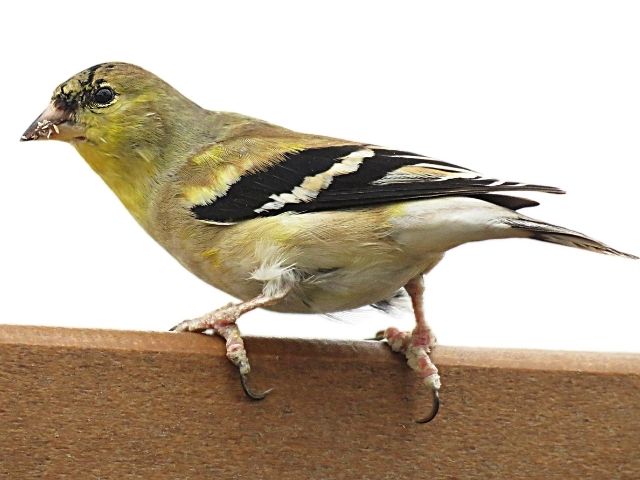
-
Possess the ability to molt and regenerate feathers
- The tinkling, bell-like call makes it easy to recognize an American goldfinch in flight
- During winter and summer, their colors can change: yellowish-brown in winter and brighter in summer
- It is possible to attract an American goldfinch to your backyard if you grow thistles and milkweed
Black-Capped Chickadee
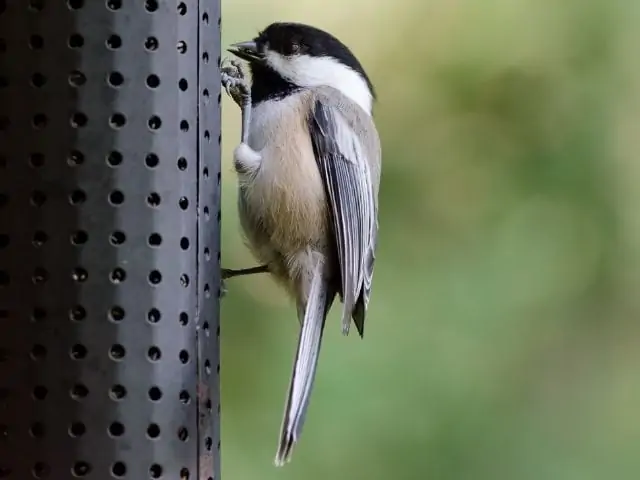
- The most widespread bird of its kind in North America
-
Exceptionally good at remembering the exact location of stashed seeds
- Investigator of people and their territory
- Masters of locating insects with their sharp eyes
Northern Cardinal
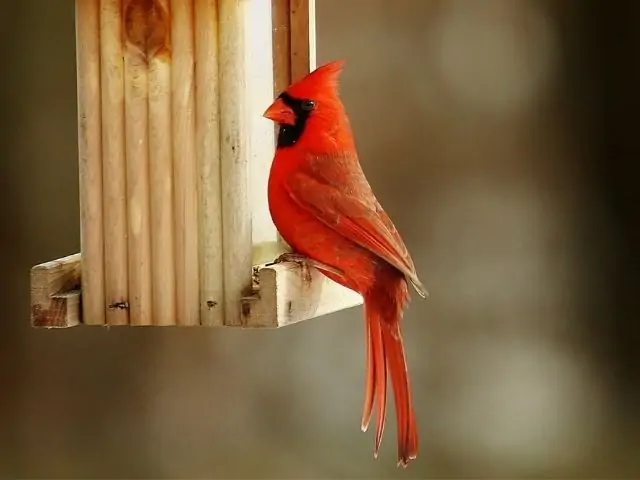
-
Very territorial and has an instinct of attacking any intruder
- Most visible bird in winter with their vivid plumage
- Attacks own reflection in shiny surfaces or windows
- Its diet includes flowers, fruits, seeds, and insects, such as caterpillars and beetles
American Robin
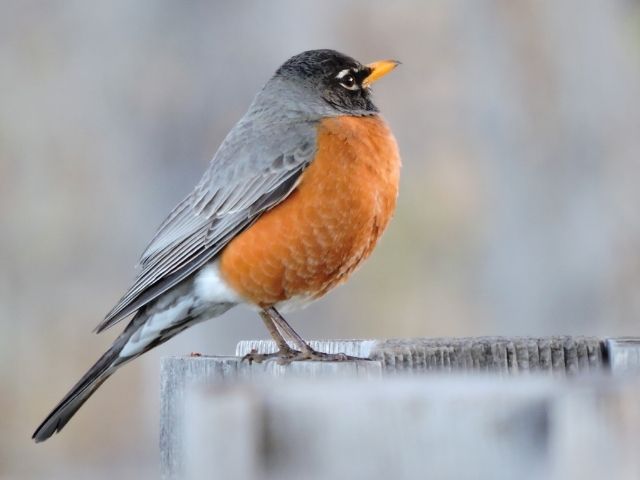
-
An omnivore who enjoys earthworms, spiders, snails, molasses, and jelly
- The last bird you will hear singing as the sun sets is the American Robin
- Its beautiful song makes up for the lack of brilliantly-colored plumages
- Gray upperparts, orange underparts, and black-colored heads
Blue Jay
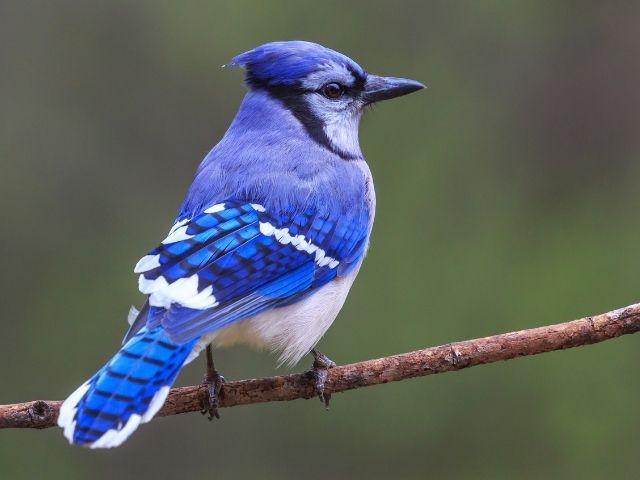
-
Mimics predator sounds, such as those of the hawk, as a means of warning other birds they are nearby
- Distinctive white underparts
- A blue jay lowers its crest as it feeds quietly with its family
- Its signature sound is the "whisper song," which is a series of faint whistles and melodious notes
Fun Fact: The Blue Jay is one of the featured birds in the article, "Birds Of Vermont".
Downy Woodpecker
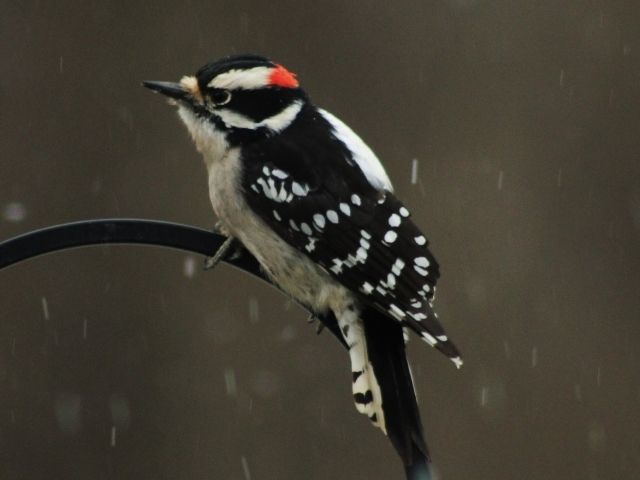
- It has white underparts and feathers surrounding its nostrils that enable it to breathe in wood chips.
-
Similar looking to the hairy woodpecker, with the tongue more protracted than its bill
- A downy woodpecker undoubtedly is
nature's most efficient pest controller
, particularly with the red oak borer beetle
- The smallest woodpecker in North America
Mourning Dove
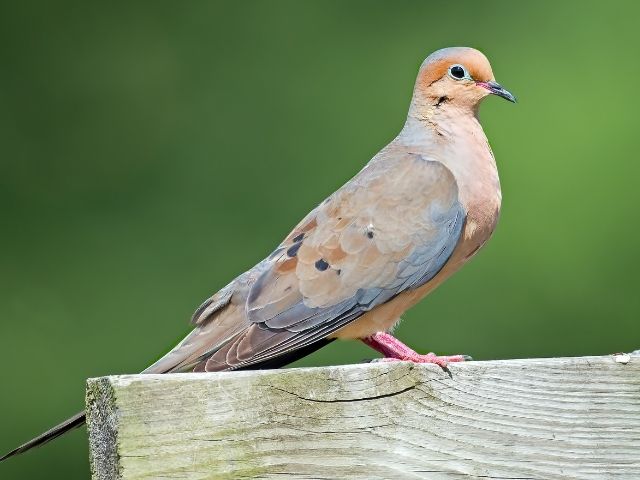
- Similar silhouette to that of an Inca dove while perched or flying
- Supports human modifications of the natural landscape
-
Changing colors depending on the environment
- The only place you cannot find them is in deep, nearby forests
American Crow

- Large-sized glossy-black birds with broad wings and long tails
-
Their intelligence is equivalent to a chimpanzee’s
- Can harbor a grudge for generations; cultivates funerals and wakes
- Despite the loud and almost repulsive behavior, it's remarkably silent when nesting
It's always fascinating learning things about common birds. Their presence is rare because we frequently terrify them, posing a threat to their safety; hence they're always in the skies. We hunt them, hold them captive, and so on.
Thankfully, some backyard birds are intelligent enough to determine friends and threats. They have trained themselves to be part of the community.
2. Tamed Wild Birds
All birds that are not domesticated or used for poultry are considered wild birds. However, we have several exemptions for birds, such as the chipping sparrow and house sparrow. Many refer to them as domesticated due to their ability to adapt to human existence.
The question remains: why aren’t we allowed to keep wild birds, although we have so-called “House Finch and House Sparrows?" Wildlife protection is a priority in several countries and states. Hunting or shooting common birds for games is illegal, especially if it's under their care.
Flying is innate for birds in the wild. The strain of human presence may have unfavorable results. These birds will start to exhibit odd behaviors, including screaming, violence, and deliberate self-destruction.
None of the birds listed below should cause you any concern:
Black-Capped Chickadee
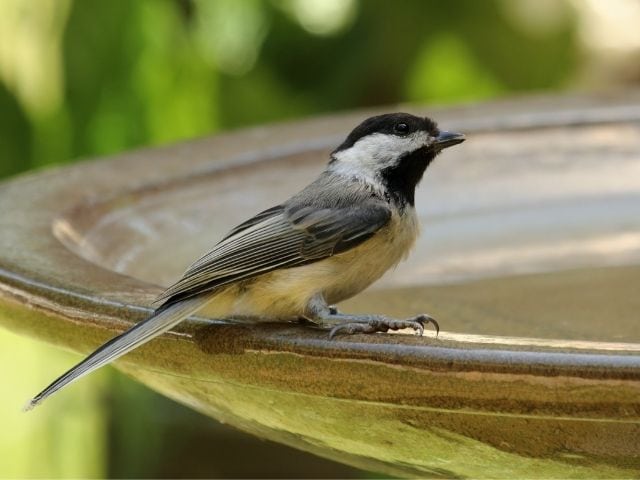
-
A black-capped chickadee is comfortable with humans
- Broadleaf forests, thickets, cottonwood groves, backyards, and parks are all habitats for this species
- With a wide vocal range and the ability to sing at least fifteen songs
- Named after its black colored cap
Song Sparrow

- Serenely flies from one bush to another
- Setting in forests, deserts, parklands, and suburbs
-
Suitable for singing a series of songs at a frequency similar to that of human voices
- Male song sparrows sing every eight seconds during the dawn or springtime with an average of a thousand and three hundred songs per day
House Finch
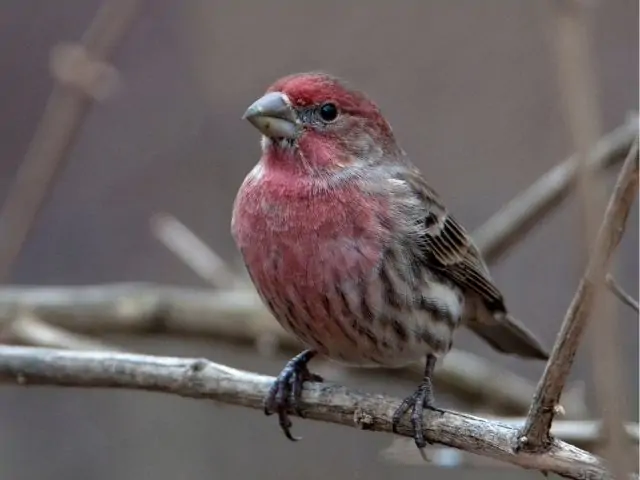
-
It was easier to attract their kind due to their love for seeds
- Inhabits urban centers, residential backyards, forests, and farms
- Sings in the octave of C-chord and ends in nasal "wheer" sound
- Bird with brown and gray underparts and rosy-colored breasts
House Sparrow
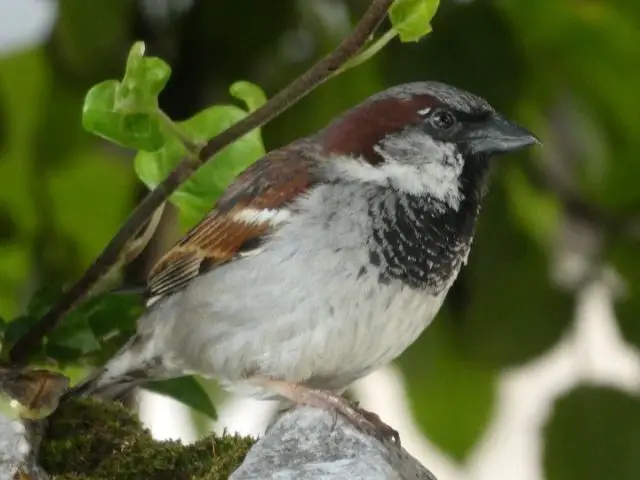
- Aggressive personality but likes interacting with other birds
- Dwells in open fields like forests, deserts, parklands, and suburbs
-
Lives twice longer than their life expectancy in captivity
- Surprisingly, they can swim underwater to escape a predator
However, we have to be thoughtful about their welfare. Birds are trying to interact and mingle with people. Meanwhile, we are destroying their shelter by deforestation and sometimes through other means.
3. Forest Interior Birds
Sixty percent of the Pennsylvania land is forest; it is a vital home ground for many creatures. Large birds aren't the only ones that live in the woods. There are small and breeding birds too!
Hawk

-
Eliminate pests for humans
- The hawk breeds from April to May
- Incubates within twenty-eight to thirty-five days
- Nesting in crowns of tall trees, mature pine microhabitat
Peregrine Falcon
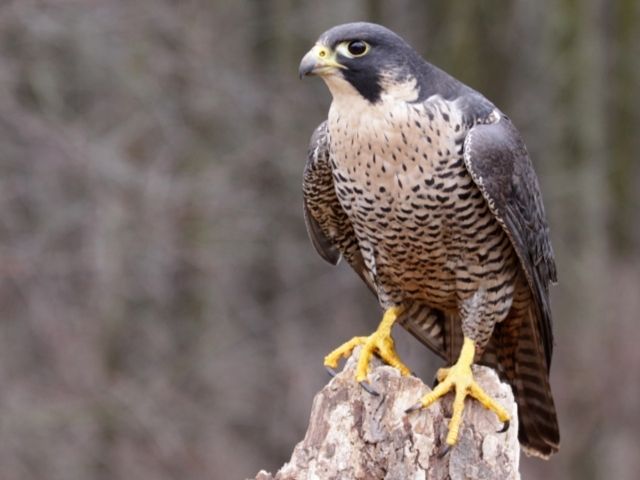
-
Suitable for crop-destroying animals and insect control
- Breeds from April to May
- Incubates within twenty-nine to thirty-three days
- Nesting in eyries and cliffs
Bald Eagle

-
Feasts on reptiles, amphibians, and dead birds
- The breeding season is from mid-February to mid-March
- Hatches within thirty-four to thirty-six days
- Nesting in mature tree forks, rock promontories
Red-Winged Blackbird
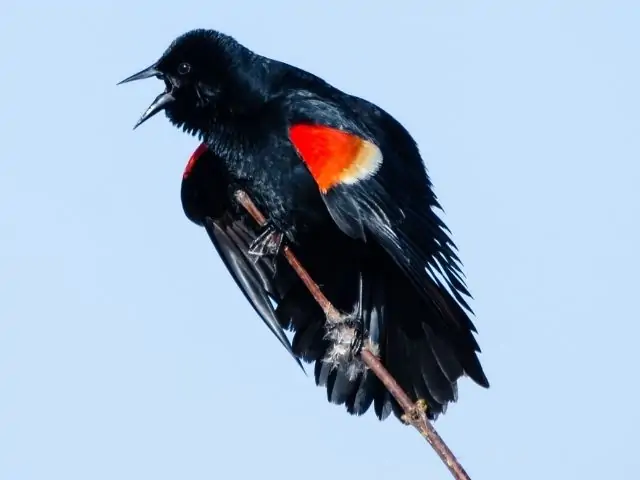
-
Attacks nest predators inclusive of large animals and humans
- Breeds from February through August
- Incubates within eleven to thirteen days
- Nesting near water surfaces
European Starling
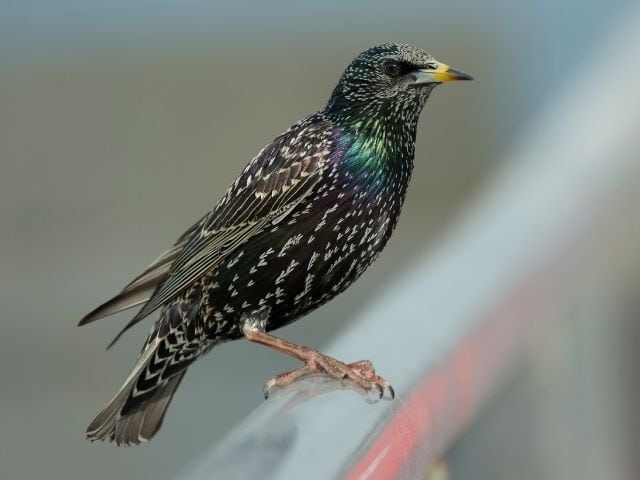
- Like other bird species, it digests pests
- Mimics the songs of other birds, even mechanical sounds, barks, sirens, and voices
- Incubates within twelve days, with the young leaving the nest three weeks later
- Nesting in tree cavities, buildings, nest boxes, or abandoned woodpecker holes
Ruffed Grouse
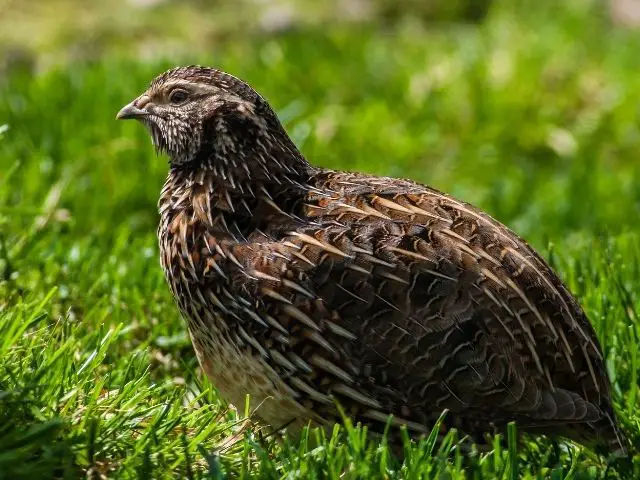
-
Humans and predatory creatures like hunting the ruffed grouse
- Breeds from March through April
- Incubates within twenty-three to twenty-four days
- A ruffed grouse typically nests in the forest underwood
Pileated Woodpecker
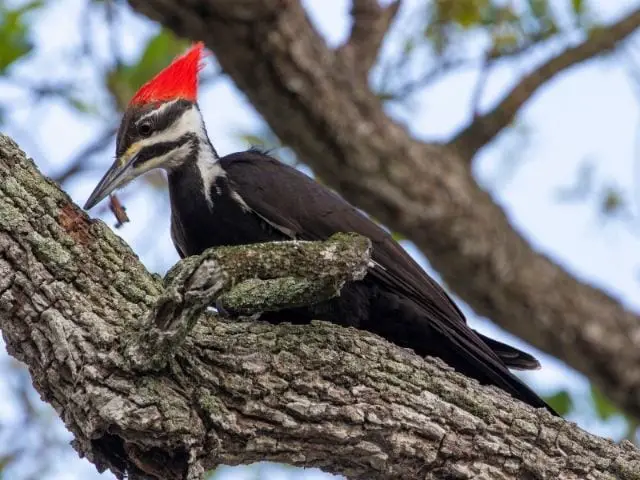
- Pleasant and relaxing aesthetic
- Breeds from April through May
- Incubates within twelve to fourteen days
-
Birds that nest in old or dead trees in forests or even in cities
White-Breasted Nuthatch
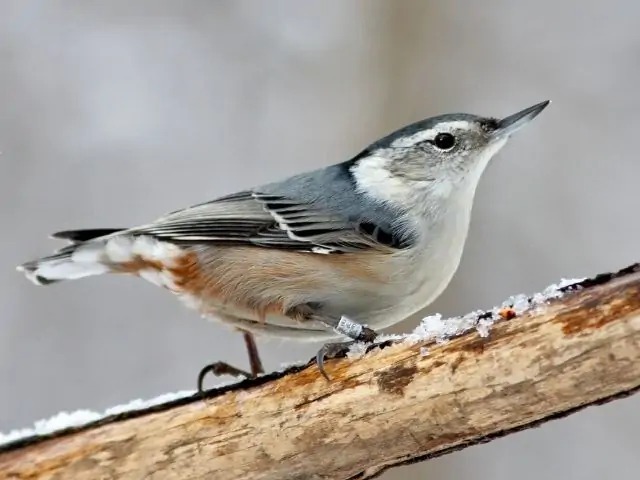
- The white-breasted nuthatch does pest management
- Breeds from May through June
- Incubates within twelve to fourteen days
-
Nests in natural cavities or abandoned woodpecker holes
Eastern Bluebird

-
Provides us with reliable food sources by protecting crops
- Breeds from May through June
- Incubates within thirteen to twenty days
- Typically found nesting in backyards, meadows, agricultural fields, or other open areas
Tufted Titmouse
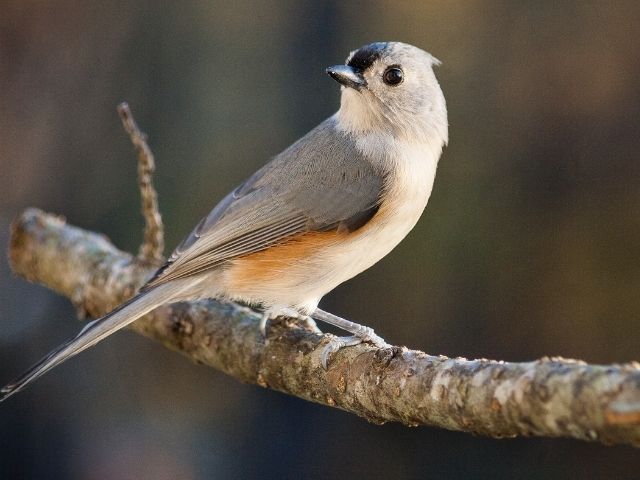
-
A tufted titmouse is a well-known insect eater of all time
- Gray-colored bird with white underparts and a touch of faint peach on the side
- Incubates within twelve to fourteen days and breeds between March and May
- They find a nest box or deserted woodpecker holes a suitable nesting ground
Warbler
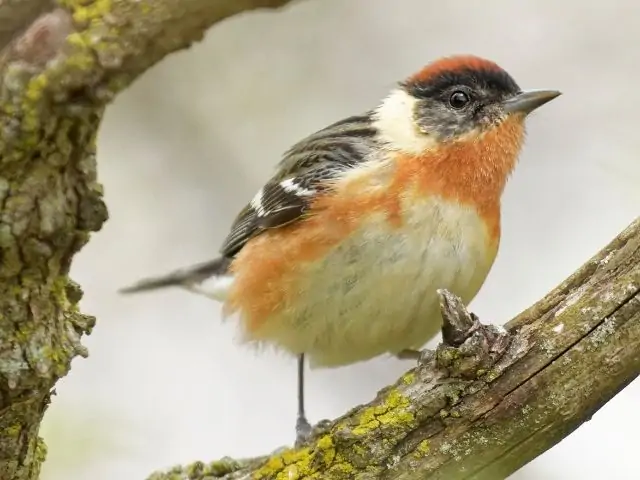
- Central and northern Pennsylvania forests are home to black-throated blue warblers, with distinct blue and gray upperparts
- Breeding occurs between May and June for a warbler
- Incubates within ten to thirteen days
- Usually nests in shrubs and small trees
Chickadee
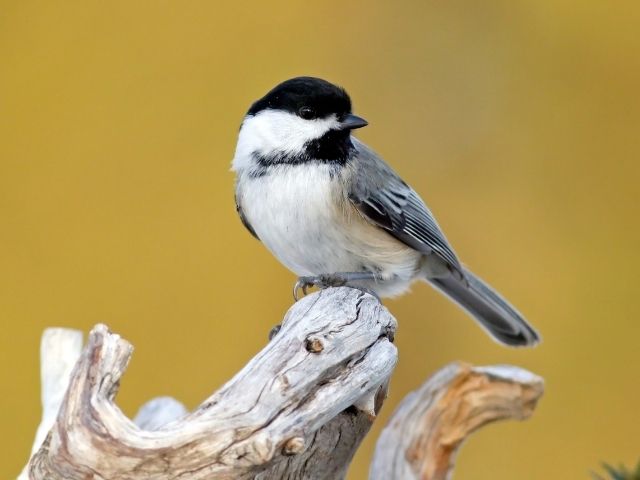
- One of the most significant pest exterminator
- Breeds from April through August
- Incubates within twelve to thirteen days
- Nest boxes or desolate woodpecker holes are their typical nesting grounds
Note: They love places where there's a nearby water source for bird bathing and drinking, and they are a close relative of a tufted titmouse!
Birds play a variety of roles in the ecosystem, each with its unique significance. We must conserve and foster these adorable birds in ways appropriate for them. The relationship we have with them is defensive mutualism.
Why Are Pennsylvania Songbirds Dying?
Earlier this year, around May to August, there was a mysterious disease outbreak for birds. There were at least three thousand five hundred birds reported dead in sixty-seven Pennsylvania counties because of it.
The wildlife experts and scientists were trying to figure out what are the viable causes of it. Despite excluding the West Nile virus and avian influenza virus as probabilities, it was still a puzzle. They even sought assistance from diagnostic laboratories in identifying the infection.
Where did it originate? You probably wonder if the virus is not from the bacteria and toxins. Maybe the cicadas. There is speculation that cicadas are getting poisoned by pesticides, and the birds are consuming them too.
These species were among those affected by the Brood X cicadas:
- Blue jay
- European starling
- Common grackle
- American Robin
- Northern cardinal
- House finch
- House sparrow
- Eastern bluebird
- Red-bellied woodpecker
- Carolina chickadee
- Carolina wren
The wildlife officials told the community to remove the bird bath if they have one in their backyard. They asked the people to also do the same for bird feeders to ensure that the illness was non-contagious.
Although cicadas are good for birds and somehow to our lawns and water purification, it is best to keep cicadas away in the meantime.
Frequently Asked Questions
What rare birds can you find in Pennsylvania?
Here are some rare bird species spotted in Pennsylvania:
- Tundra-Bean Goose in Delaware
- Allen’s Hummingbird in Delaware
- Northern Wheatear in Berks
- Common Grackle in King
- Barrow’s Goldeneye in Clay
- Sage Thrasher in Hatfield
- Varied Thrush in Chepachet
- Anhinga in Monroe
- Calliope Hummingbird in Ocean
- Hammond’s Flycatcher in Randolph
- Scott’s Oriole in Lancaster County
What birds in Pennsylvania are frequent backyard visitors?
During the 2020s, the Pennsylvania backyard birds that mostly like to be your regular guests are the following:
- Northern Cardinal
- Dark-eyed Junco
- Mourning Dove
- Downy Woodpecker
- Blue Jay
- House Sparrow
- House Finch
- American Crow
- Chickadee
- Red-bellied Woodpecker
Watch this video of Finch and Chickadee in Pennsylvania:
The first three bird species cited comprise consistent habitue thus far this year. They eat the black oil sunflower seed in your bird feeders, especially the Northern cardinal, dark-eyed junco, and mourning dove.
Backyard birds love their backyard feeders to be full of seeds, sweets, and suets. You can even make them irresistible homemade suet yourself. So if you want to attract them and bird watching, you better prepare it right!
What kinds of hummingbirds are in Pennsylvania?
Hummingbirds are migratory birds. They are never residents of Pennsylvania. These hummingbirds have two categories: prevalent and rare. Let us first have the rare hummingbirds and their color patterns in Pennsylvania:
Underparts of the bird include the throat, breast, belly, and vent. The nape, back, and rump comprise the upper body.
- Black-chinned Hummingbirds (metallic green upperparts and gray underparts)
- Calliope Hummingbirds (magenta / greenish upperparts and pinkish-white underparts)
- Allen’s Hummingbirds (reddish-orange underparts and coppery bottom)
- Anna’s Hummingbirds (gray and green color scheme, with no orange undertones)
The rare hummingbirds in Pennsylvania are:
- Ruby-throated hummingbirds (pale gray underparts and greenish upperparts)
- Rufous hummingbirds (back and throat are slightly orange, and the belly is white)
Final Thoughts
Birds teach a great life lesson. Despite our environment and society, they teach us to be more resilient. Adaptability is essential for survival. Mingling with different types of species is harmless if you know more about each kind. It will give you a deeper comprehension of their behaviors.
So, if you got to this part, you already have learned the diversity of the different birds of Pennsylvania. Hopefully, you will find all this information helpful in your next bird-watching activity.

